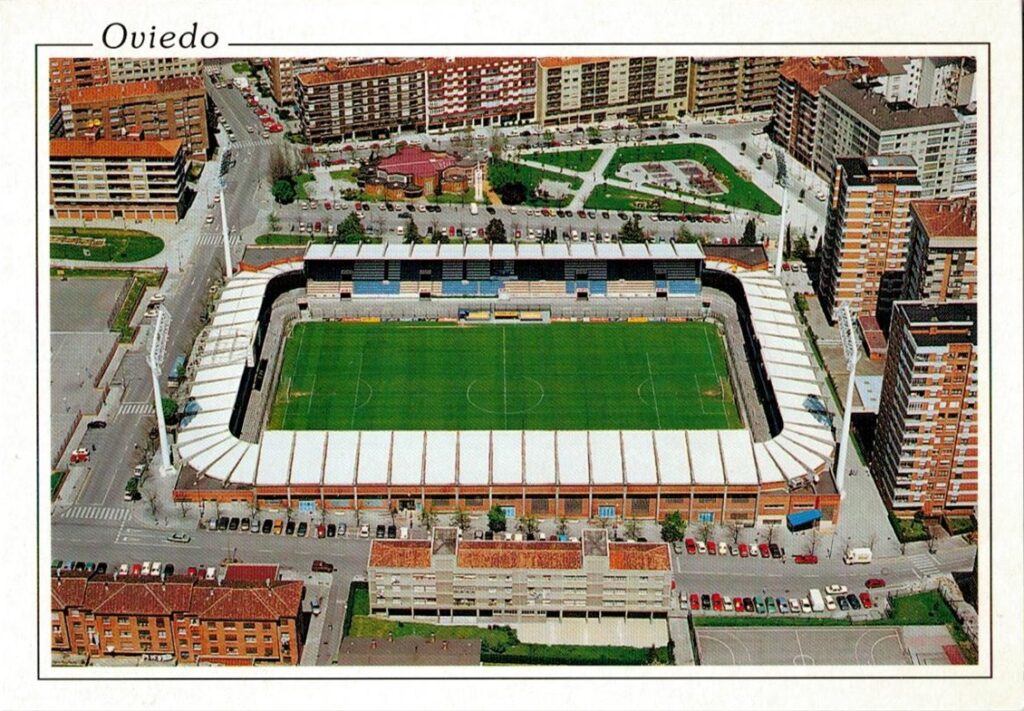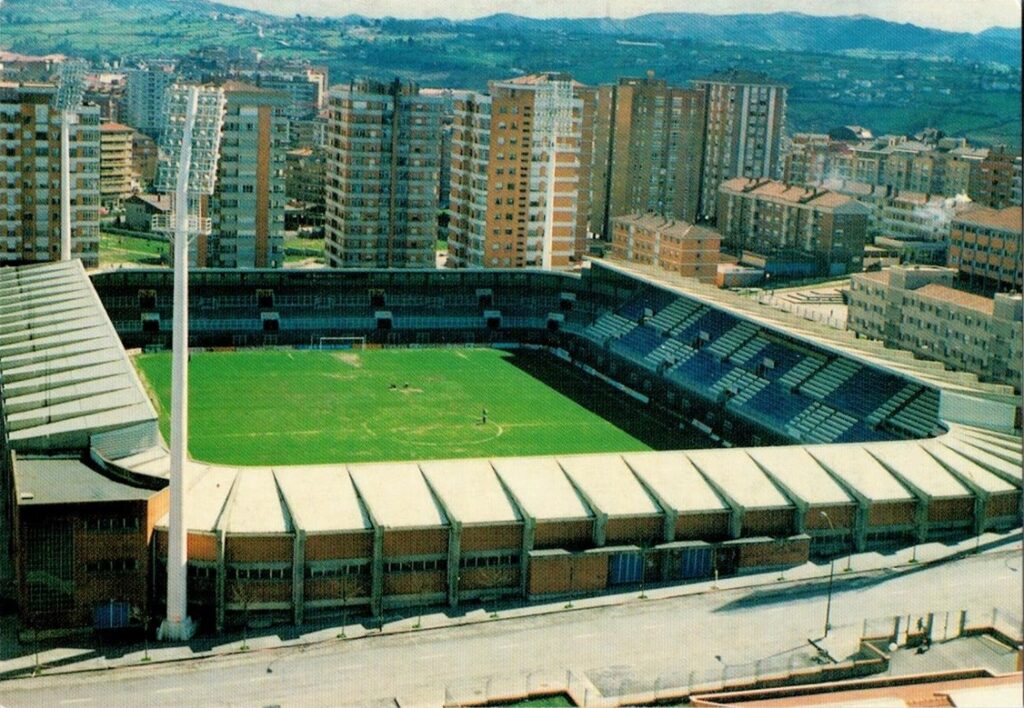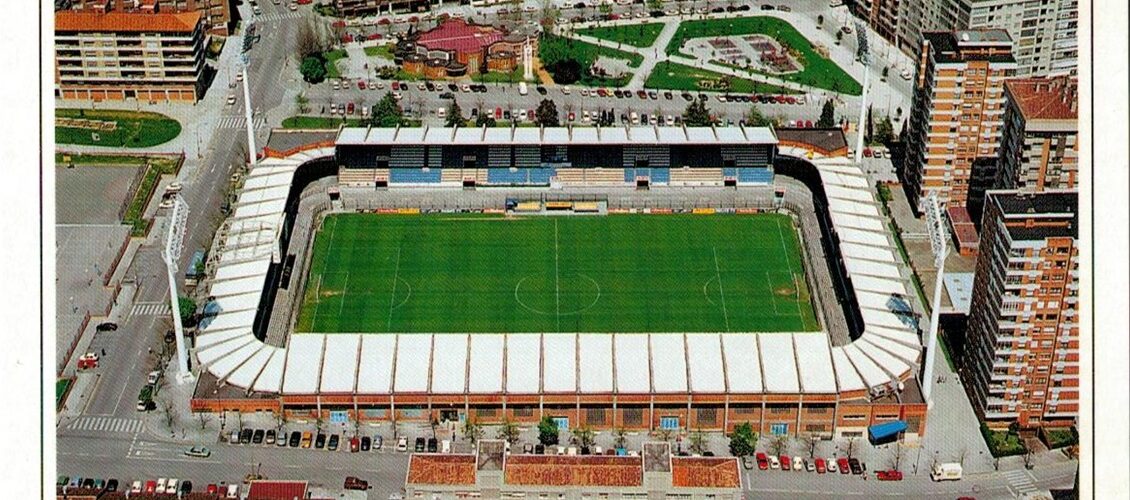Stadion Miejski Carlosa Tartiere’a został otwarty w stolicy Asturii w 1932 roku. Inauguracja obiektu została okraszona zwycięstwem reprezentacji Hiszpanii nad Jugosławią w stosunku 2:1. Stadion poważnie ucierpiał w czasie wojny domowej i konieczna była jego odbudowa po II wojnie światowej. Trybuny zostały powiększone i częściowo zadaszone. W 1958 roku stadion nazwano imieniem pierwszego prezesa Realu Oviedo, gospodarza obiektu.
Stadion został powiększony i zmodernizowany przed Mundialem 1982 roku rozgrywanym w Hiszpanii. Był najmniejszą areną mistrzostw, mieścił niewiele ponad 22 000 widzów. W 1998 roku na stadionie zainstalowano krzesełka, co ograniczyło znacznie pojemność obiektu. W konsekwencji kilometr dalej wybudowano nowy stadion o identycznej nazwie i pojemności 30 500 widzów, na którym Real rozgrywa swoje mecze od 2000 roku. Stary stadion został zburzony w 2003 roku, a na jego miejscu powstało centrum kongresowe. W momencie zamknięcia obiekt Realu mógł pomieścić 16 485 widzów.

(1) Circa 1996. Wyd. Moro. Wymiary: 10,3*14,8 cm. Nr: 453.

(2) 2001. Wyd. CECMD/CCC ’90. Wymiary: 10,3*14,7 cm. Nr: 91/01.
